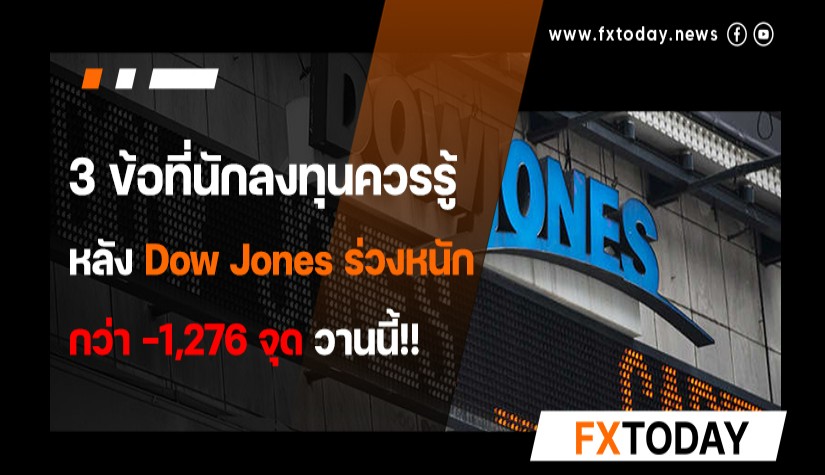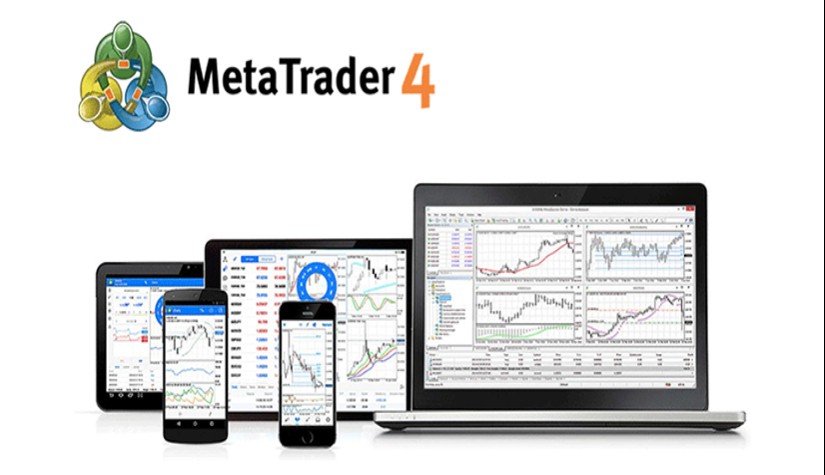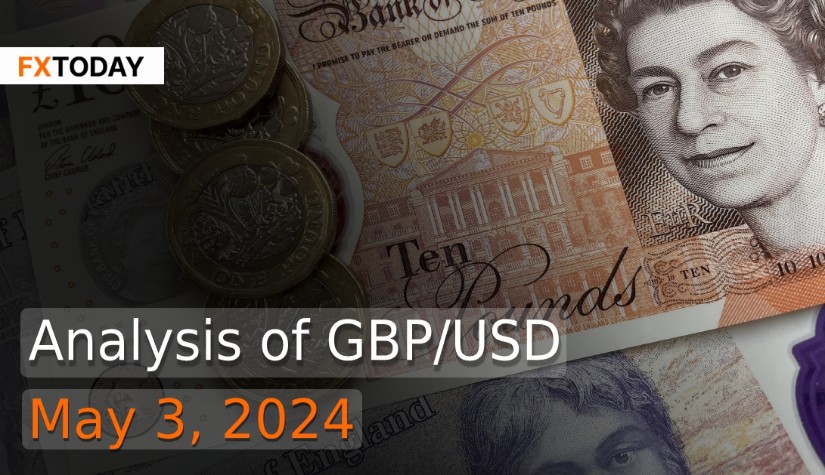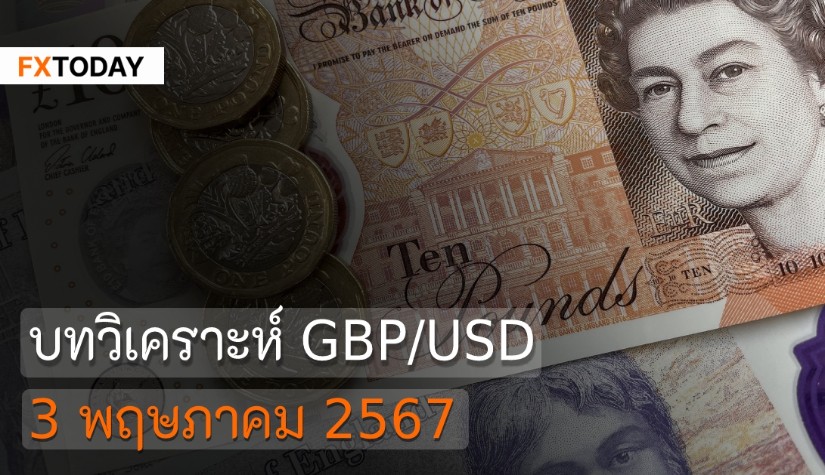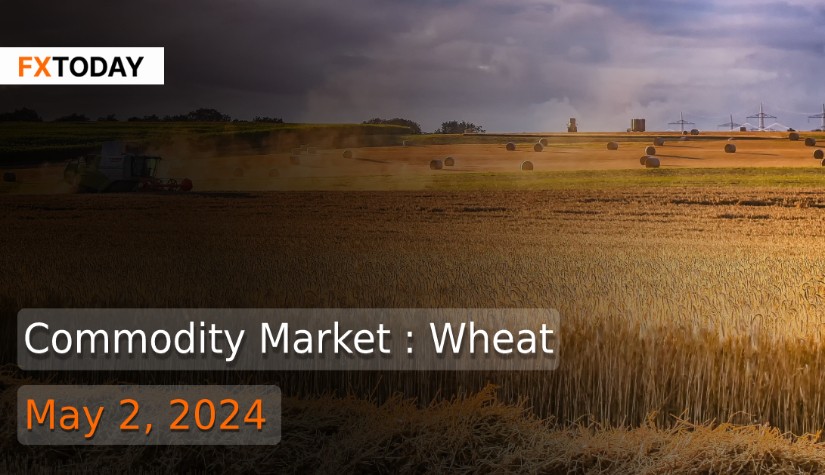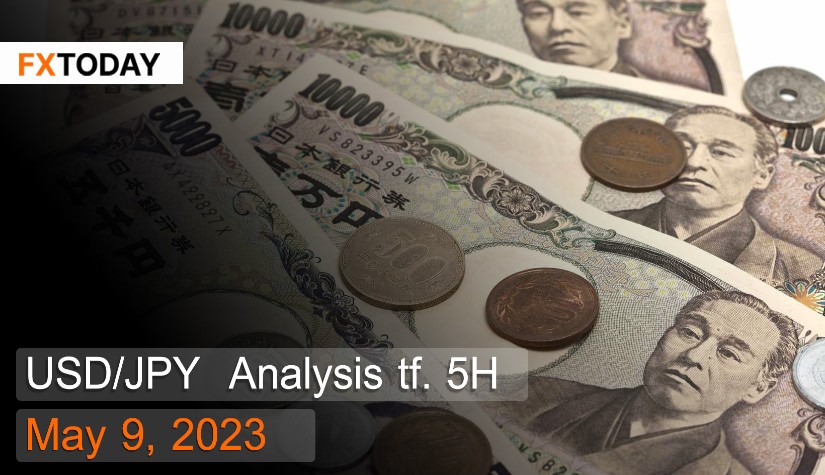Forex trading encompasses various strategies to analyze market trends, and Price Action stands out as a favored method for observing candlestick charts. The Price Action technique focuses on considering candlestick patterns, independent of other indicators, on identifying ideal trade entry points. This approach's simplicity and intuitive nature have earned it substantial recognition among Forex traders.
In this article, we will delve into the concept and application of Price Action, a fundamental knowledge every trader should understand for optimal trading efficiency.
What Is Price Action?
Price Action is synonymous with 'Behavioral Pricing,' exhibited as Candlestick Charts, a proven technique for market analysis. By discerning patterns within these charts, traders can interpret their significance and predict market trends.
Price Action is derived from aggregating statistics of chart patterns that display candlesticks. Each pattern reflects varying actions of traders, reflecting buy or sell behaviors.
Key Components of Price Action
The components of Price Action (in the form of Candlestick Charts) present data on Open, Close, High, Low Prices, and time intervals, which represent market participant activities.
These can be divided into six categories:
Open: The initiation point of buying and selling for a candlestick within a specific timeframe.
Close: The termination point of buying and selling for a candlestick within the same timeframe.
High: The highest price point reached.
Low: The lowest price point reached.
Candle Body: Represents the price range between the Open and Close prices.
Candle Wick: Also known as shadows or tails, represents the highest (High) and lowest (Low) prices attained.
Furthermore, Price Action (candlestick chart) can be divided into Bullish Candlestick (upward trend) and Bearish Candlestick (downward trend) based on color. Typically, Bullish Candlesticks are green, while Bearish Candlesticks are red, as illustrated in the above example.
Key Patterns of Price Action
Recognizing patterns on a Price Action (candlestick chart) is vital for traders. Three frequently occurring patterns leveraged by traders for analysis and identifying entry points include:
1. Tweezer Top & Tweezer Bottom
The Tweezer pattern in Price Action symbolizes two hammers, signaling potential price trend changes, signs of impending consolidation, or current trend continuation. This pattern comes in two types:
- Tweezer Tops: Signals a potential switch from an uptrend to a downtrend or consolidation within a downtrend, with expectations of continued downward price movements.
- Tweezer Bottoms: Signals a potential change from a downtrend to an uptrend or consolidation within an uptrend, with expectations of continued upward price movements.
2. Bullish Engulfing & Bearish Engulfing
The Engulfing pattern in Price Action is characterized by a larger right-sided candlestick engulfing a smaller left-sided candlestick. This pattern suggests potential trend reversals, consolidation signals, and previous trend continuation. The pattern comes in two types:
- Bullish Engulfing: Signals a potential trend change from bearish to bullish or a consolidation signal and continuation of the preceding uptrend, suggesting higher price movements.
- Bearish Engulfing: Signals a potential trend change from bullish to bearish or a consolidation signal and continuation of the preceding downtrend, suggesting lower price movements.
3. Morning Star & Evening Star
The Star pattern in Price Action comprises three candlesticks. This pattern suggests potential trend reversals and comes in two types:
- Morning Star: Signals a potential reversal from a downtrend to an uptrend.
- Evening Star: Signals a potential reversal from an uptrend to a downtrend.
The Application of Price Action

A Price Action analysis is a widespread approach to identifying chart support and resistance levels to anticipate potential price reversals. Candlestick patterns, a form of Price Action analysis, are instrumental in confirming the possibility of price reversals at identified support and resistance levels.
Price Action is particularly significant near support and resistance levels and can be effectively utilized for analysis. This is because Forex trading revolves around vital levels - support and resistance - and areas where the price frequently consolidates, indicating robust support and resistance levels. Thus, integrating Price Action in chart analysis can boost trading decision effectiveness and confidence.
Advantages and Disadvantages of Price Action
Advantages of Price Action
- Enables effective price reversal analysis
- Does not rely on other indicators and can be used solely with bare charts
Disadvantages of Price Action
- Can sometimes generate false signals.
- May Result in trading errors, if traders do not fully understand support and resistance levels
Conclusion
Price Action (Candlestick Charts) is a method to observe Forex market activity via behavioral pricing. The candlestick charts display the actions of both buyers and sellers. Trading mistakes made by either side can be distinct as long wicks or price rejection on one side.
If market traders move in the same direction, the candlesticks may appear as long or short wicks or even without wicks at all. These candlestick patterns can indicate the market's condition, depending on traders' understanding of Price Action.
However, using Price Action for analysis does not guarantee 100% accuracy, given the market's constant volatility due to continuous interactions between buyers and sellers. Therefore, traders must always be aware that anything can happen in the market.
___________________________
Maximize your knowledge: Blog
Keep up to date on global events: News





